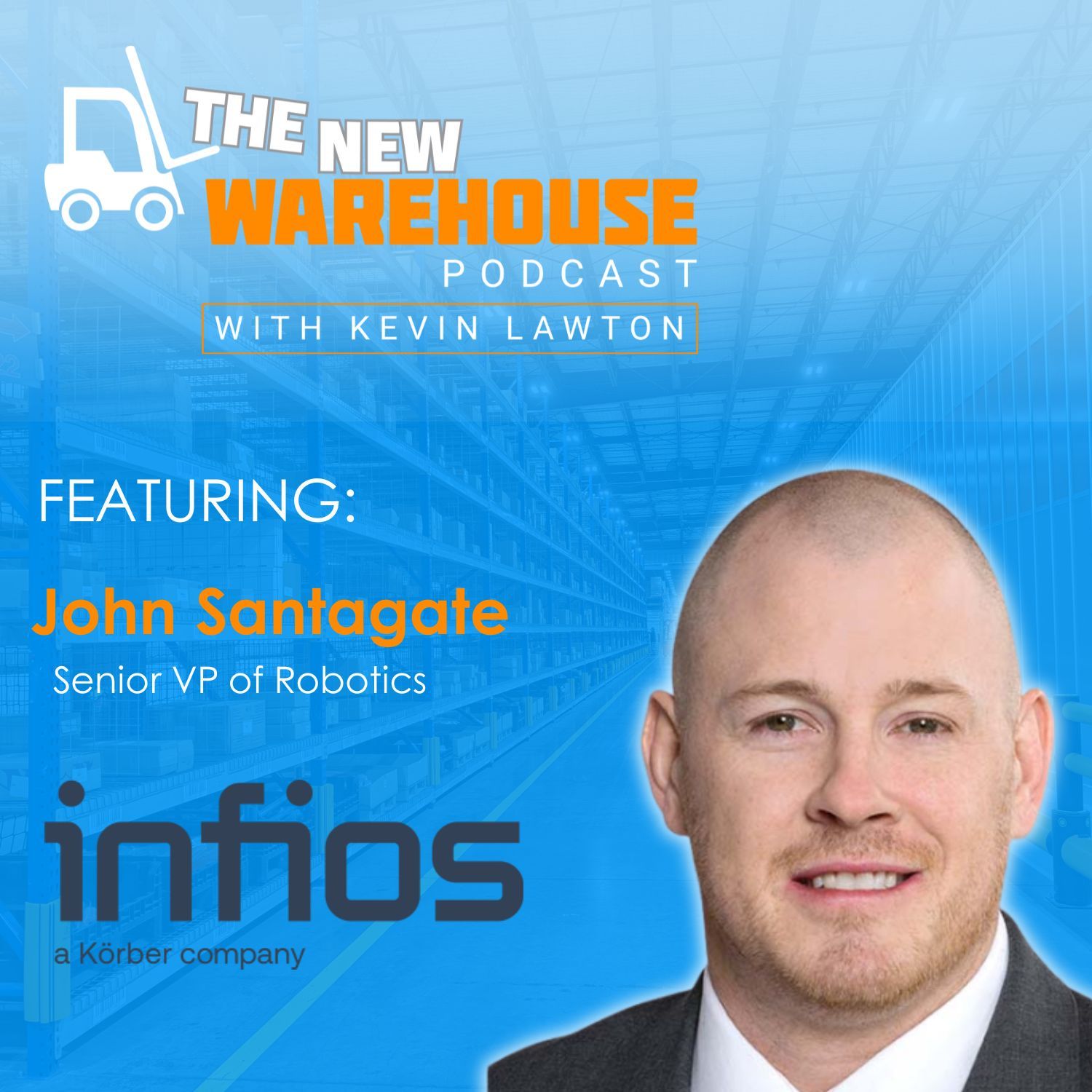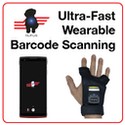
636: Robotics, Software, and the Future of Humanoids in Warehousing
Kevin chats with John Santagate, former Senior Vice President of Global Robotics at Infios, to unpack the latest developments in warehouse robotics. Infios, formerly Körber Supply Chain, has emerged as a leader in integrating warehouse execution systems, mobile robotics, and voice solutions. With recent acquisitions, such as MercuryGate TMS, and continued investments in order management and freight audit tools, Infios is building a robust portfolio that bridges software and automation.
In this conversation, John highlights the critical role of software in robotics, the current state of the mobile robotics market, and the growing debate surrounding humanoids in warehouse operations.
Software as the Backbone of Robotics
Robots may catch the eye on a warehouse floor, but without powerful software, they are little more than idle machines. As John explained, “A robot really isn’t capable of doing anything without the software architecture that it’s tied into and performing against.” Infios has positioned itself at this intersection of execution systems and robotics, combining WMS, TMS, labor management, and voice solutions with autonomous mobile robots (AMRs).
The tight integration between systems is key—AMRs depend on seamless data exchange to move orders, manage inventory, and return execution data to warehouse management platforms. Santagate pointed out that success in robotics isn’t simply about flashy hardware but about “software-defined automation… the tool sets that make the robots work efficiently.” The real differentiator, he emphasized, is the ability to orchestrate multiple systems in harmony.
Navigating a Crowded Robotics Landscape
The warehouse robotics market is booming, but with growth comes complexity. Buyers face a dizzying array of vendors and solutions—each claiming to be the best fit. As John noted, “There’s a handful that have really been exceptionally successful and a whole bunch of folks that are trying to figure out how to capture the successes that these others have had.”
Regional differences also shape adoption. North American companies tend to prioritize flexibility and scale, while European firms often focus more on design and constraints. Meanwhile, innovation is pushing into new areas such as trailer unloading, tote-based automation, and piece picking. Santagate sees enormous potential in robotic picking arms integrating with goods-to-person systems, resulting in significant productivity gains.
Yet abundance has a downside. “The risk of making the wrong decision,” John cautioned, is high. Projects can cost millions, and failed implementations damage more than budgets—they undermine trust, productivity, and even careers. That’s why Infios stresses careful planning, proof-of-concepts, and vendor evaluation before full-scale deployment.
Humanoids: Hype, Hope, and Hard Questions
No robotics conversation is complete without addressing humanoids in the warehousing industry. For some, these bipedal machines represent the future of automation; for others, they are overhyped experiments. John’s view strikes a balance: “Super cool. I think they’re really cool… but we’re pretty early in the hype cycle.”
He pointed to investments from major players like GXO and Amazon, but questioned the efficiency of bipeds versus wheeled robots. “If you’ve got to get somewhere quickly and most efficiently, are you going to walk… or are you going to put on roller skates or get behind a car?” Efficiency, not form, should guide adoption.
Still, Santagate is bullish on the innovations emerging from humanoid R&D. Advances in sensors, dexterity, and mobility often trickle into other technologies, making the investment worthwhile even if humanoids take time to mature.
Key Takeaways
- Software, not hardware alone, determines the success of warehouse robotics.
- Integration between WMS, TMS, and AMRs is essential for efficiency.
- The robotics market is highly competitive, presenting both opportunities and risks for buyers.
- Proof-of-concept pilots can range from modest to multimillion-dollar investments.
- Innovation is advancing trailer unloading, tote-based automation, and piece picking.
- Humanoids generate excitement but remain early in their adoption curve.
- Human-in-the-loop models provide a bridge between automation and reliability.
Listen to the episode below and leave your thoughts in the comments.
Guest Information
For more information on Infios, click here.
To connect with John Santagate on LinkedIn, click here.
For more insights into humanoids and the future of warehousing, check out the podcasts below.
533: Humanoids in Warehousing with Zion Solutions Group




